Laptops are more environmental friendly than desktop. It consumes five times less electricity.
Desktop computer usually uses around 130 watts while a laptop only uses around 15 watts. If you buy a desktop, get an LCD screen. Enable the power management function on your computer.
So if you are planning on getting a new computer you should consider a laptop instead of a desktop computer.
Other good things are that laptops are smaller and use less packaging, meaning less transport and storage space needed.
In a major initiative in biophysics technology, the scientists of Indian Institute of Technology, Bombay has claimed to develop world’s smallest toffee-sized cardiac silicon computer, which can be wear like a locket on neck with its five electrodes. This nano-computer has the capacity to store the data of one ek’s Electrocardiogram (ECG).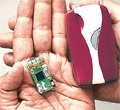
The idea of making world’s smallest wearable cardiac computer first conceived in Prof. Rakesh Lal’s (department of Bioscience and Bioengineering) mind, which transformed this idea into real with Prof. Mukharjee, an IITian professor. After wearing this locket, the heart patient does not need to go to hospital for checking his general heart’s condition, as claimed professors.
“I would be the first to buy one for my mother. The basic device is like plug-and-play. There isn’t another product like the silicon locket,” said Prof. Mukharjee.
There are several other cardiac monitor available in the market, but their size are too big to wear like locket, as the professor cited. Some models of cardiac monitor are as big as Walkman.
The locket computer has been developed in such a way that it can differentiate the heartbeat and jerks from running, working out or climbing stairs. If it detects any abnormalities, it records the last few seconds of ECG data and sends it in the form of sms containing marked data to the central server using a mobile phone interface, which forward the message to the concerned doctor.
If anytime user feels uncomfortable, he/she will have to press a locket button to mark that data, which can be later analyzed by a doctor. The doctor scrutinizes the marked segments received via SMS and checks the heart’s activity before happening any irregularity. A user can also send its data card to a hospital to download ECG, as per developers inform to media.
A renowned Cardiologist Devi Shetty says, “There is a huge demand for user-friendly cardiac monitors in India because Indians are genetically three times more vulnerable to heart attacks than Europeans.” Sharing his experience he further said, “ The average age of my patients in India is 45 years and fathers bring their young sons for bypass grafting.”
According to World Health Organisation “The Indians and South Asians are prone to a first heart attack at age 53 and 60 percent of the world’s cardiac patients could be Indians by 2010.”
Tata Computer Services, TCS had sponsored the entire project.
Now in the UK, a new software has been developed by researchers which will allow users to use their camera phones as a PC mouse to move the items on the screen.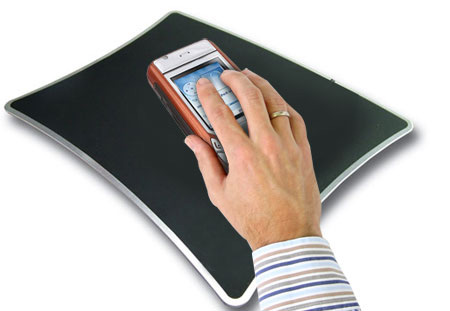
This software iwhich s yet in its early stage will enable users to use camera phones to scroll public displays or to get the information on products or even to buy tickets of airlines online.
Patrick Olivier, an associate professor at Newcastle University is working on the technology together with other researchers Nick Pears and Dan Jackson of Newcastle University.
Olivier explained that the consumers with the help of Bluetooth can connect to a PC to move the cell phone or use a stylus on the cell phone’s screen to also scroll through a computer screen.
The main aim of this technology is to interact with large public displays like those when purchasing movie tickets online. Although according to the researchers the technology is limitless.
After communicating a cell phone’s field of view through a live camera feed to a computer via Bluetooth, the PC establishes the coordinates of its monitor which it sends to a camera phone. After the camera phone registers the image on the mobile phone, then the PC recognizes the display image through image processing technology and the computer knows exactly what can be seen from the camera to set the stage to scroll to PC.
The users can move their phone or use a stylus or the touch screen to scroll the PC or to move items.
“The image capture and image processing rate on the cell phone is quite slow and so you can not move the cell phone as quickly as you would like to. This is what we would like to address in our next prototype,” added Pears.
The researchers have already developed the software for the Symbian and Windows Mobile OSes for PDA’s and camera phones. Meanwhile, this technology is under development for multiple issues, as told by Pears.
These icons link to social bookmarking sites where readers can share and discover new web pages.
Bugatti Veyron
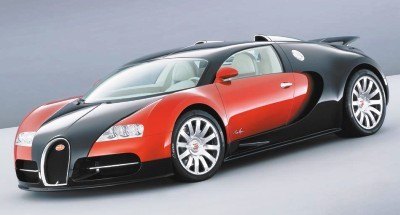
Top Speed: 252.2 mph
1001 Horsepower
No surprises here, the fastest and most powerful production car ever makes
the top of the list. I wonder when Koenigsegg will decide to take the #1
position and beef up the CCX.
Koenigsegg CCX
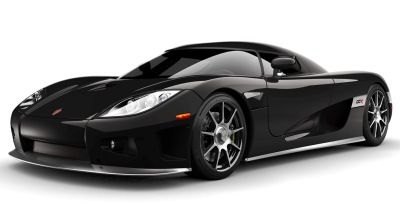
900 Horsepower
Saleen S7 Twin-Turbo
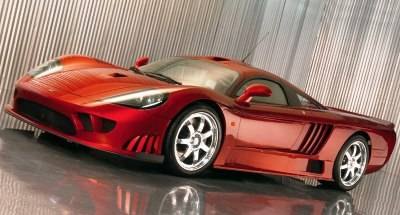
Top Speed: 248 mph
750 Horsepower
VCars didn’t specify that it’s an S7 Twin-Turbo, but that’s what they’re
talking about. This is one bad-ass car.
McLaren F1
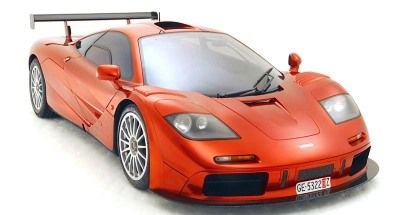
Top Speed: 240.14
620 Horsepower
Can you believe this? The McLaren F1 was made in 1994, 13 years ago, and it’s
still one of the fastest cars in the world. This happens to be the first car on
this list I would purchase if I had the cash. Then I’d buy the Koenigsegg.
Ferrari Enzo
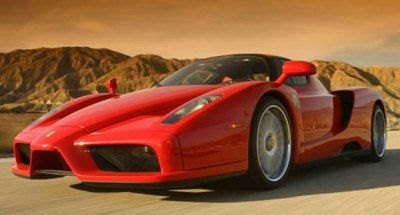
Top Speed: 217 mph
657 Horsepower
Ferrari’s newest Mega-Car seems to have people crashing it left and right,
but the drivers always walk away fine (physically.) With only 399 of these ever
made, the value of the car goes up with each crash.
Jaguar XJ220
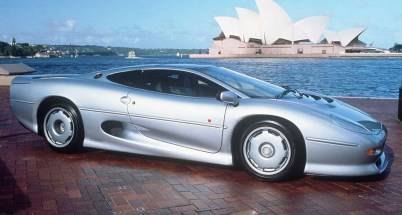
Top Speed: 217 mph
549 Horsepower
Even older than the McLaren F1, the Jaguar XJ220 has been on this list since
1992.
Pagani Zonda F
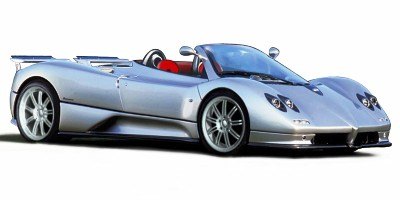
Top Speed: 215 mph
602 Horsepower
Yes, I know this is a picture of the Roadster, not the Zonda F. With Pagani’s new Zonda R on the way, the Zonda might be creeping up on this list faster than
Bugatti can say “We need bigger turbos.”
Lamborghini Murcielago
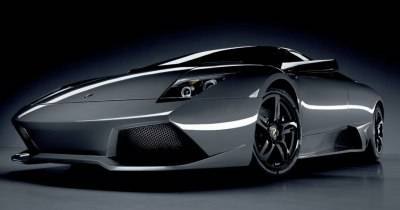
Top Speed: 213
633 Horsepower
I think VCars got a little bit confused here. The title suggests they mean
the standard Murcielago, but the top speed and pictures tell us they’re talking
about the LP640. Let’s clear this up a bit…the horsepower on the LP640 is 640
(hence the name,) and the hp rating on the standard Murcielago is 580.
Porsche Carrera GT
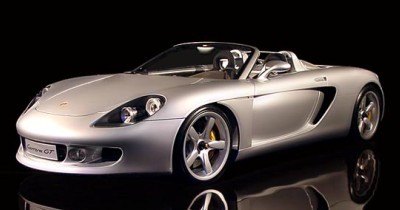
Top Speed: 209 mph
605 Horsepower
Porsche’s fastest, most attractive (and most expensive) car to date comes in
at #9.
McLaren Mercedes SLR
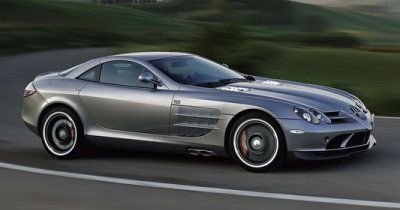
Top Speed: 207 mph
626 Horsepower




